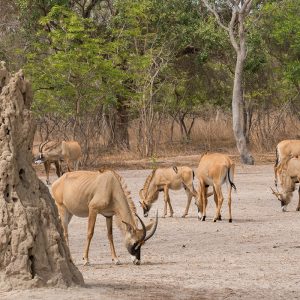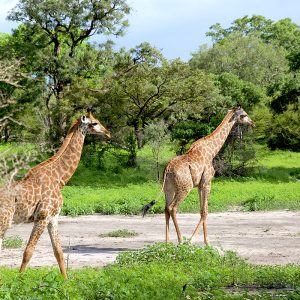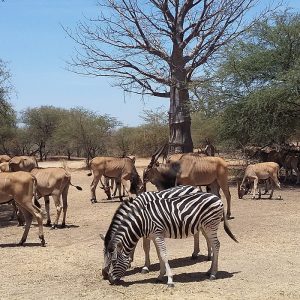Located at the western tip of the African continent, the Dakar region is much more than just an administrative capital: it is the economic, cultural, and political heart of Senegal. Small in size but huge in influence, it is home to most of the country’s activities and attracts thousands of visitors, investors, and new residents every year.
Known for its dynamism and diversity, Dakar is a place where Senegal’s history has been shaped and where its future continues to be written, a crossroads between tradition and modernity.
This article invites you to discover Dakar: its past, its geography, its urban development, and its place in national life.
From pre-colonial origins to the founding of Cape Verde
Before the modern city of Dakar came into being, the Cap-Vert region was inhabited by the **Lébou** people, renowned for their maritime culture and spiritual traditions linked to the sea. These communities lived mainly from fishing and coastal trade. Their original villages — Yoff, Ngor, Ouakam, and Cambérène — have survived through the centuries and still form an essential part of the region’s cultural identity today.
The 15th century marked the arrival of Portuguese navigators, who discovered the Cape Verde Islands and the island of **Gorée**, which quickly became a strategic stopover port. Gorée was one of the key sites of the transatlantic trade, particularly the slave trade. Today, it stands as a global symbol of remembrance and reconciliation, listed as a UNESCO World Heritage Site.
-
The Fathala safari offers an immersion into the heart of West Africa, in a vast 6,000-hectare nature reserve populated by giraffes, rhinos, ...
FathalaStarting from
103 $ / pers -
A combined safari to the Fathala Reserve and Popenguine Nature Reserve is an adventure that combines wildlife viewing, immersion in the fore...
Starting from
103 $ / pers -
A combined safari in Bandia offers the opportunity to combine wildlife viewing in a 4x4 in the reserve with other highlights of the Petite C...
BandiaStarting from
103 $ / pers
The French settlement and the birth of Dakar
In the 19th century, French colonization profoundly transformed the region. In 1857, the founding of the city of Dakar by Commander Pinet-Laprade marked the beginning of colonization.
The colonial administration developed the port, built roads and railways, and made Dakar a strategic point of French West Africa (AOF).
In 1902, Dakar replaced Saint-Louis as the capital of French West Africa, confirming the region’s central role in the colonial system. Around the city center, new urban areas developed — notably Rufisque, Pikine, and Guédiawaye — which would later become full-fledged municipalities.
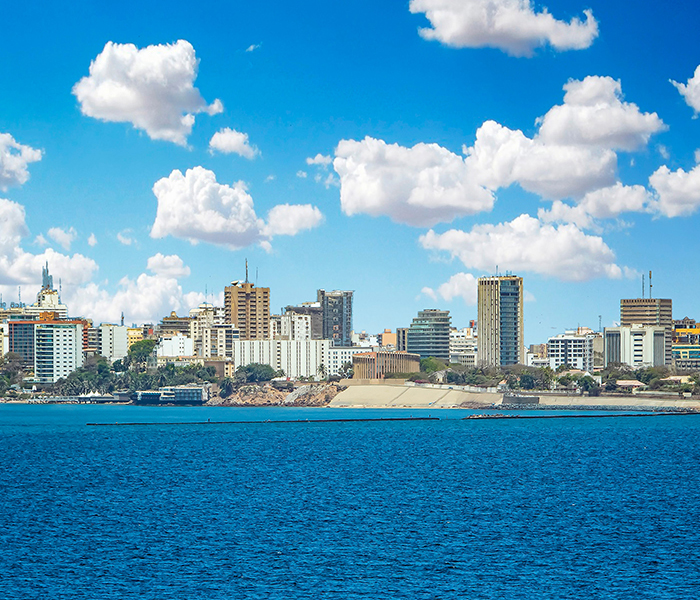
Independence and regional structuring
When Senegal gained independence in 1960, Dakar retained its status as the national capital. However, it was only in 1983 that the Dakar Region was officially created as a distinct administrative entity. Today, it is made up of four departments:
- Dakar, which covers the Cape Verde Peninsula
- Pikine, a large, densely populated urban area to the east
- Guédiawaye, located between Pikine and the Atlantic Ocean
- Rufisque, a former colonial and port city
This administrative structure was designed to better manage the region’s rapid population growth and to coordinate urban planning policies in an expanding metropolis.
A small but strategic territory
The Dakar region is the smallest in Senegal: it covers about 547 km², representing less than 0.3% of the national territory. Yet, it is home to nearly a quarter of the country’s population, with over 4.3 million inhabitants. This density makes it the most populated and most urbanized region in Senegal.
It occupies the Cape Verde Peninsula, bordered to the west and south by the Atlantic Ocean and to the east by the Thiès region. This exceptional geographic position gives it a strategic maritime opening, with a coastline stretching over more than 70 kilometers.
Relief, climate, and natural environment
The terrain is relatively flat, punctuated by the hills known as Les Mamelles, located in the Ouakam district — geological remnants of the Cape Verde Peninsula’s volcanic past. The climate is Sahelian, moderated by the ocean, with two main seasons:
- a dry season (November to May), mild and pleasant;
- a rainy season (June to October), hotter and more humid.
The few remaining natural areas, such as the Mbao Forest and the Hann Reserve, are essential spaces for urban biodiversity. Agricultural activity is limited and concentrated in the outskirts of Dakar, where vegetables and fruits are still grown to supply the capital.
Access and distances
The region is accessible by all modes of transportation. Blaise-Diagne International Airport (AIBD), located about 50 km from downtown Dakar, serves major capitals around the world. The Regional Express Train (TER) connects Dakar to Diamniadio in about thirty minutes, and the toll highway facilitates travel to Thiès and Mbour.
In terms of distances:
- Dakar – Thiès: 70 km
- Dakar – Mbour: 85 km
- Dakar – Saint-Louis: 270 km
-
The Fathala safari offers an immersion into the heart of West Africa, in a vast 6,000-hectare nature reserve populated by giraffes, rhinos, ...
FathalaStarting from
103 $ / pers -
A combined safari to the Fathala Reserve and Popenguine Nature Reserve is an adventure that combines wildlife viewing, immersion in the fore...
Starting from
103 $ / pers -
A combined safari in Bandia offers the opportunity to combine wildlife viewing in a 4x4 in the reserve with other highlights of the Petite C...
BandiaStarting from
103 $ / pers
Tourism
The Dakar region is Senegal’s gateway for tourists. Its cultural richness, coastline, and historical heritage make it an unmissable destination.
Ideal time to visit and formalities
The best time to visit Dakar is from November to May, during the dry season. The climate is mild, and the evenings are pleasant. No visa is required for stays of less than 90 days for nationals of many European, Canadian, or African countries.
Activities and Attractions
The region offers a concentrated mix of experiences:
- Historical Discovery: the Gorée Island, the colonial remains of Rufisque, the historic downtown of Plateau, ancestral Lébou villages;
- Nature and Relaxation: the beaches of Yoff, Ngor, Anse Bernard, Corniche Ouest;
- Culture and Arts: museums, galleries, craft markets, festivals, and of course the Dakar Biennale (Dak’Art), one of Africa’s major artistic events.
Must-See sites and monuments
Among the most emblematic sites of the region:
- African Renaissance Monument, a monumental statue overlooking Ouakam; the tallest statue in Africa at 49 meters high.
- Mosquée de la Divinité, a magnificent place of worship facing the ocean;
- Kermel Market and Sandaga, iconic centers of local commerce with picturesque charm;
- Lac Rose, a fascinating natural site to the east of the region;
- Phare des Mamelles, a historic lighthouse offering panoramic views of the Atlantic, famous for its exceptional sunsets.
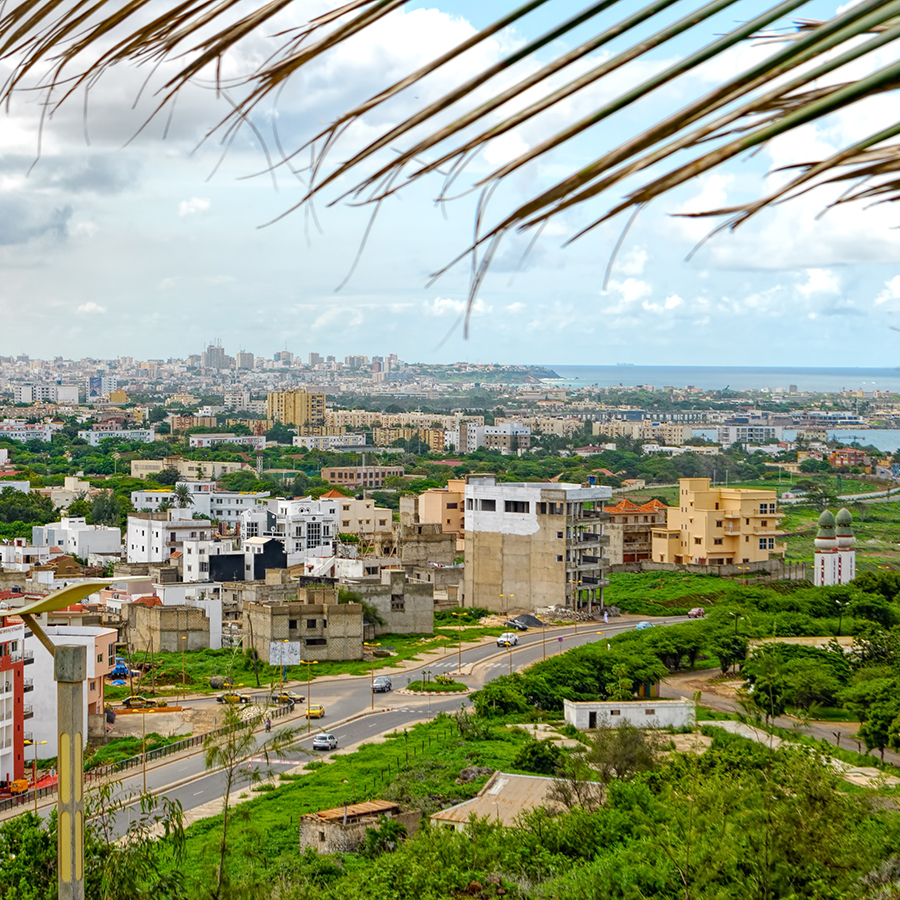
Cultural events
The Dakar region is the artistic heart of the country, with a rich cultural calendar and the presence of artists from around the world:
- Dak’Art Biennale, dedicated to contemporary African art;
- Saint-Louis International Jazz Festival, attracting artists through Dakar;
- Gorée Diaspora Festival, a celebration of memory and Pan-Africanism.
Urban planning
Rapid urbanization has shaped a polycentric metropolitan region. The Dakar Urban Master Plan (PDU) aims to decentralize the capital towards Diamniadio, Lac Rose, and the town of Sébikhotane. The goal: to relieve congestion in the city center and better distribute economic activities.
Major infrastructure projects include the Regional Express Train, the Ila Touba Toll Highway, and the Ndayane Port, intended to become a regional logistics hub.
Real estate trends in the region
Dakar’s real estate market is the most expensive in the country.
- The average price per m² ranges between 700,000 and 1,500,000 FCFA depending on the neighborhood.
- Areas such as Almadies, Ngor, and Mermoz are sought after for their high-end residential settings.
- Conversely, Pikine and Guédiawaye offer more affordable housing.
Demand remains strong, driven by population growth and the Senegalese diaspora. New developments are multiplying, particularly in Diamniadio, a symbol of national urban renewal.
Politics
The Dakar region is administered by a Regional Council and four departments, while regional governance is overseen by the Regional Governor, the State’s representative. This dual structure highlights the political importance of the region, a key center of national power.
FAQ
From November to May, during the dry season.
Gorée Island, the African Renaissance Monument, Lake Retba (Lac Rose), the West Corniche, and the Mbao Forest.
No, for stays of less than 90 days for most European and African nationalities.
Regional Express Train, taxis, buses, *cars rapides*, and ferry shuttles to Gorée.
Travelers can choose between luxury hotels in Almadies, guesthouses in Ngor, or budget accommodations in Ouakam and Mamelles for central Dakar, and in Pikine, Mbao, and Rufisque for the outskirts.
